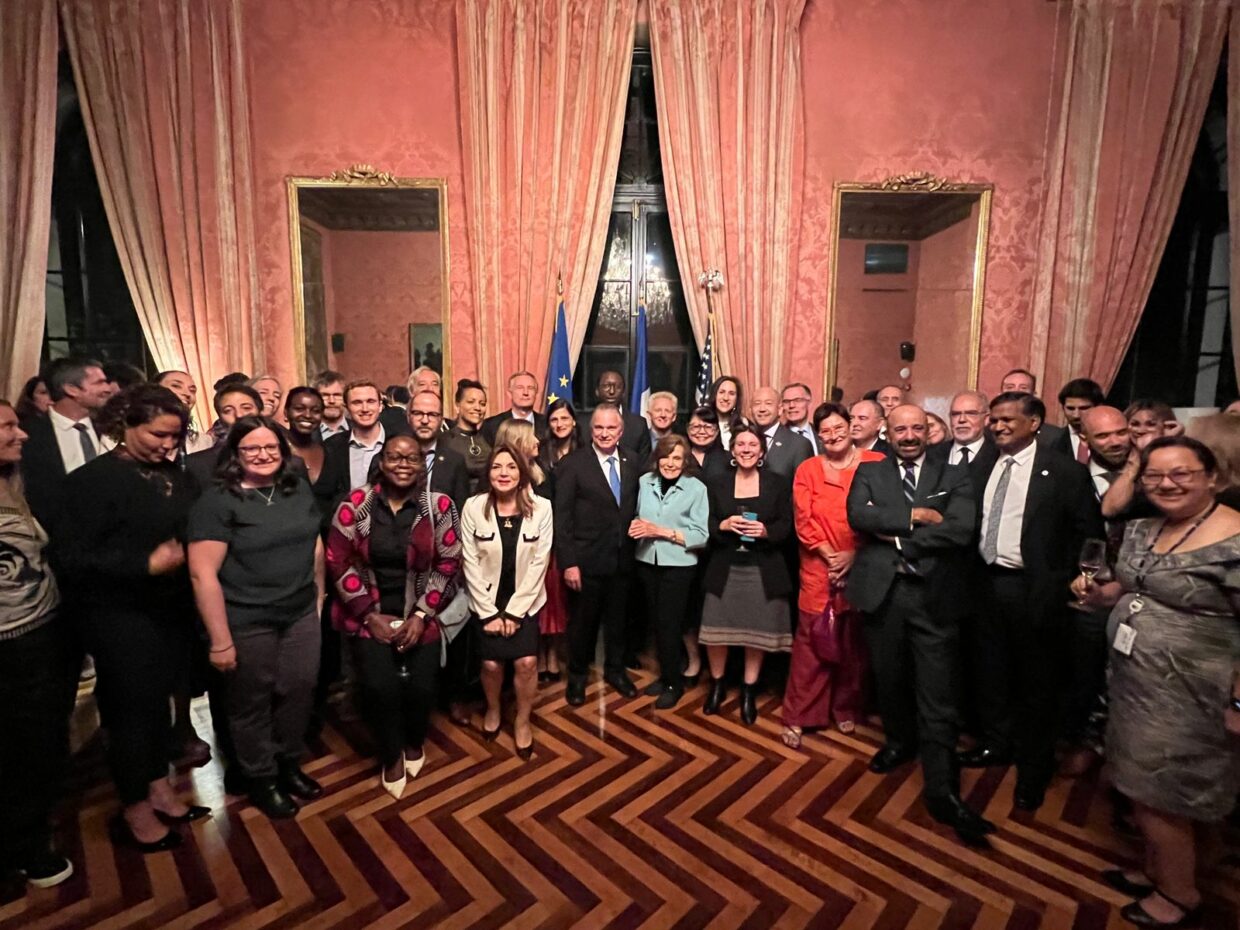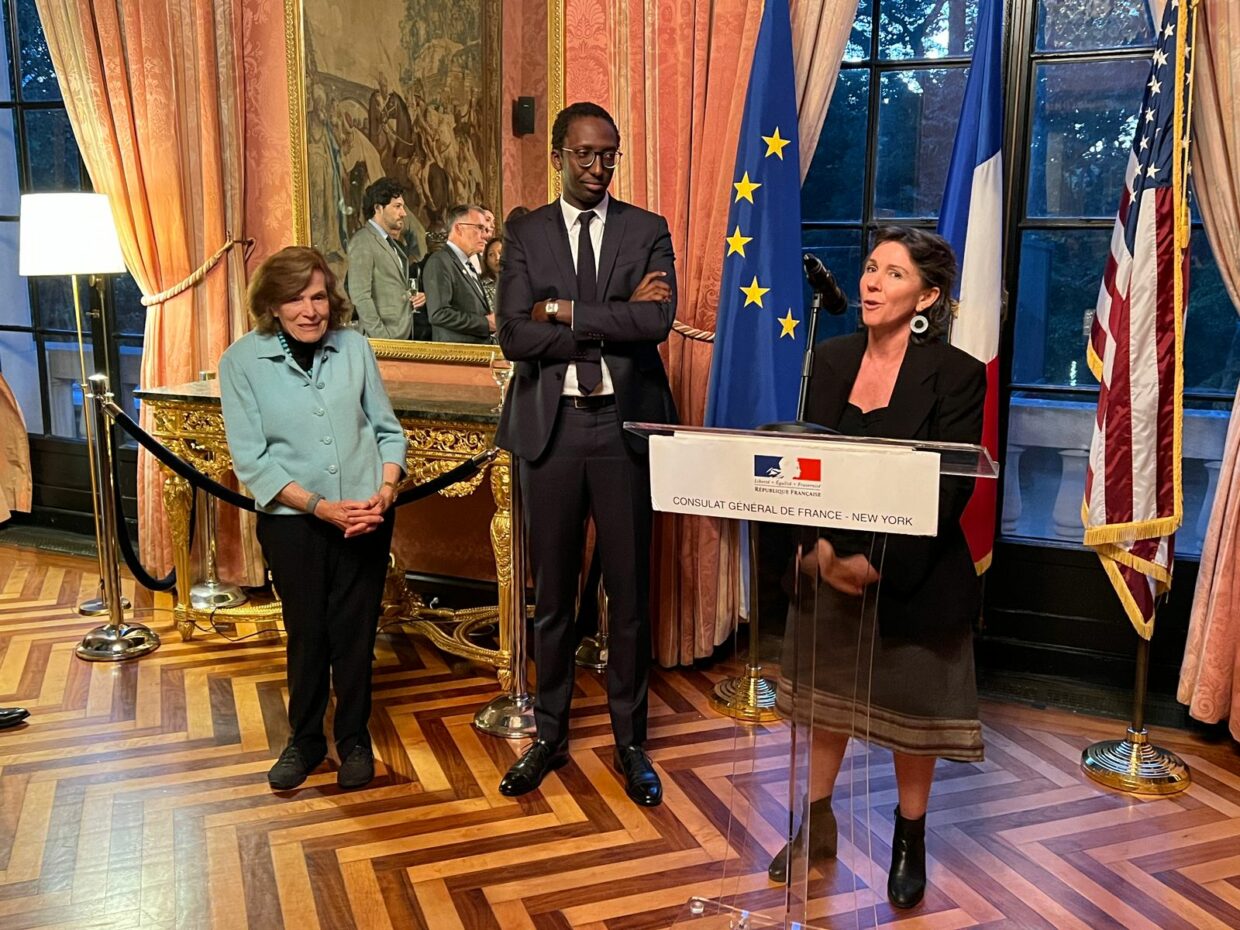Signing of the High Seas Biodiversity Treaty at the UN: the race for ratification has begun
This Thursday, September 21, 2023 will go down as a milestone for the Ocean, with the signing of the High Seas Biodiversity Treaty by 70 countries at the United Nations General Assembly.

What’s the difference between signing and ratifying a treaty?
After signature, which is the first formality, comes ratification, which is the formal act by which a signatory state agrees to be bound by the treaty when it enters into force.
The text is officially submitted for ratification.
This second stage is more complex, as it depends on the legal specificities of each country. For the majority of democratic states, the treaty must be validated by parliament, senate or national legal bodies. This requires a strong political commitment on the part of ministers and heads of state to convince deputies and senators to follow the decision taken by governments, which is often complicated.
According to the modalities defined by the negotiation process, the text will enter into force 120 days after being ratified by at least 60 countries. Ratification processes can take several years, as for example the Law of the Sea Convention (9 years) or the Convention on Fishing Stocks (6 years), or they can be swift, like the Paris Climate Agreement, which was ratified in less than a year.
Strong commitments from certain countries
This day of negotiations was rich in strong declarations and political events. We hope that these statements will be followed by ratification in each of the signatory countries. In New York, some states showed a strong commitment to ratification, with the presence of Heads of State or Ministers for the signing:
- Chile, with the presence of President Gabriel Boric, made a strong commitment, proposing the city of Valparaiso as a candidate to host the Treaty secretariat.
- France reaffirmed its commitment at a reception at the French Consulate attended by Secretary of State Hervé Berville, NGOs and personalities such as Sylvia Earle (american oceanographer).
- Monaco, with the presence of HSH Prince Albert II, played an important role in mobilizing personalities and political players.
- Germany, Belgium and Spain, together with the European Union, were also present with ministers for the signing, and seem to be on the right track to get European countries on board.
- Among the countries of the South, Costa Rica, Jamaica, Singapore, Palau and Samoa, among other Pacific island states, have also promised to ratify as soon as possible.

At a difficult time for international politics, this agreement is a welcome example of diplomatic understanding. The High Seas will soon be governed by a text that embodies the notions of common good, world heritage, equitable sharing of benefits, capacity-building and support for international research.
Now it’s time for ratification!
The Tara Ocean Foundation is on the move to continue facilitating dialogue with the scientific community and pushing for concrete measures such as the establishment of marine protected areas on the high seas.